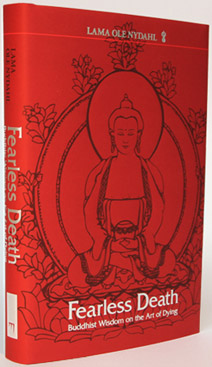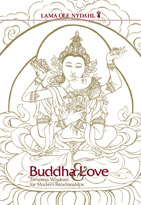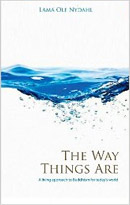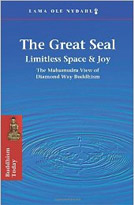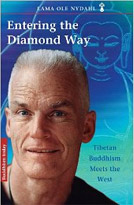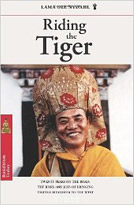What is the latest scientific research on what happens when we die?
Modern science is more and more letting go of the notion that the human being is only a biochemical factory. The primary assumption that the brain produces the mind was obvious, since it fit well into the materialistic way of thinking and European intellectual history. It was seen as a knowledge-processing machine, and consciousness was limited to something like a related supervisory function. But this left many areas unresolved, and there was the additional and fundamental problem that mind possesses characteristics that no material object manifests.
(Fearless Death, page 18)
Many observations cannot be explained through the biology of the brain and it has been increasingly proven through near-death research that lucid experiences are possible independently of the brain. Awareness cannot be limited to the brain, since the brain enables more than producing.
(Fearless Death, page 18)
Medical science has observed and carefully evaluated for many years numerous episodes of so-called near-death events (NDE). Typically, due to various traumatic conditions, in a NDE all measurable activity of a living person becomes undetectable: lungs, heart, brain, and muscular activity reach a complete cessation of measurable signals. When – after a more or less prolonged time span dependent in part on body temperature – electric and/or pharmacological stimuli succeed in restoring normal physiological processes and a conscious state resurfaces, in many cases the subjects report clear memories of events and experiences occurred during the clinical death period.
Some of these memories refer accurately to what happened in the “outer” world during the blackout of all nervous activity, such as conversations among caregivers or the relocation of personal items outside of the patient’s field of vision, sometimes reported as if “seen” from an elevated point of view. Other memories of “inner” events have striking similarities with each other and match some descriptions of the after-death experience found in ancient Buddhist texts, such as the sensation of moving forward in a tunnel or upward in a tube toward a bright light source, a general feeling of well being and happiness, the rapid succession of scenes from the patient’s own life, and so on.
The vast medical literature reporting such cases has been extensively studied and collated with statistical criteria in order to remove any anecdotal or culturally biased aspects. The overall picture emerging from these rigorous studies is stunningly in agreement with the Buddhist view.
In surveys of people after a NDE, they consistently tell of feelings of calm and peace (90%), light perception (about 77%), or out-of-body experiences.
(Fearless Death, page 18)
The prominent Dutch cardiologist Pim van Lommel, after studying hundreds of NDE, has published in highly respected medical journals and books the conclusion that ‘unlike the body or the brain, consciousness is “non local”’ and ‘this constitutes evidence that consciousness is not the mere product of neural activity but rather has a thoroughly autonomous mode of existence’. [http://www.e-ostadelahi.com/eoe-en/consciousness-and-near-death-experiences-pim-van-lommel/]
Thus, for example, apart from the activation of the sense organs, brain activity is almost the same whether one actually sees a sunrise at the ocean or only imagines it with eyes closed.
(Fearless Death, page 19)
While classical physics assumes an objective reality, both quantum mechanics and relativity theory break with this concept. Just like in Buddhism, one proceeds here from the perspective that there is no world independent of the observer – or, as Einstein expressed it once, “Reality is merely an illusion, albeit a very persistent one.”
(Fearless Death, page 19)
The physicist Anton Zeilinger at the University of Vienna understands quantum mechanics as an information theory and has proven through experiments with “entangled particles” (photons) that the same knowledge can manifest in space in different locations simultaneously, without any physical transmission pathway.
(Fearless Death, page 20)
If one leaves behind the understanding of the world that was taught up to now and follows the latest insights of quantum physics, neuroscience, and near-death research, rebirth becomes comprehensible. […] What one has vanishes, but what one is – the experiencer of all things – keeps on living beyond space and time. Death, like birth, is only a transition into another state of consciousness.’
(Fearless Death, page 20)
